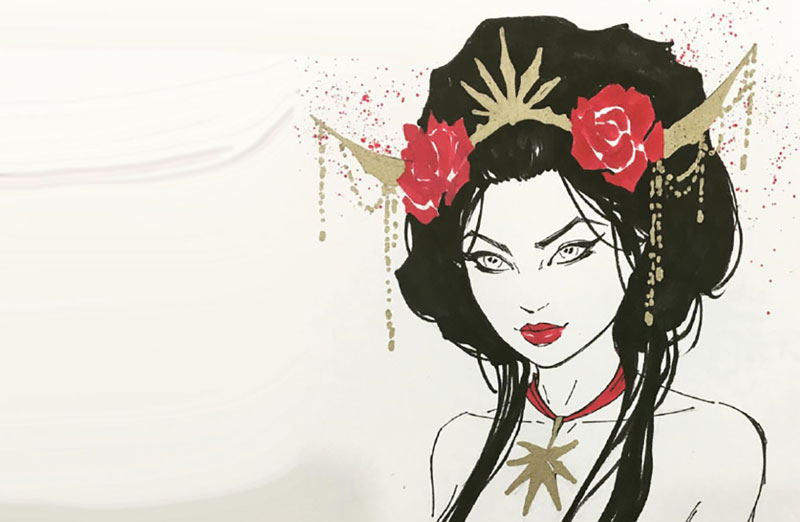Historians often cite Mesopotamia and the Mediterranean Sea as the cornerstone of philosophy and civilization. We’d argue that it was one of them, but there were other cornerstones as well.
East Asia is the birthplace of several religions and philosophical schools of thought. One such religion is Taoism. Taoism was an old religion, dating to at least the 400s BCE, though it likely started much earlier.
Magu is a fascinating goddess with a long legacy. Magu was one character that came out of Taoism. She’s a deity of hemp and healing. Read on to learn more about the history of Magu and what she means to modern Taoists.
Early Origins of Magu
Magu’s origins date back thousands of years. She is a healing goddess associated with cannabis, Reishi Mushrooms, and other traditional medicines. However, the Chinese knew the medicinal properties of these substances thousands of years ago, long before tales of Magu arose.
Magu, as a character, has more recent origins. Many in China trace Magu’s origins to around 400 CE. Stories claim she was a mortal woman whose father was a horse trader.
Koreans tell a different story about her. Many Korean Taoists believe Magu wasn’t just a goddess but a creator.
Legends and Roles
Magu’s role as a healer was there from the beginning. Her story starts with a client giving her a peach, which she regifted to someone less fortunate. Then, she looked for the client again but found only a peach pit.
Magu planted the peach pit, and it grew into a peach tree. She started giving the peaches out to those in need. Her generosity was rewarded with immortality and a reputation as a healer.
Magu’s main realm is health, but she also has links to luck, youth, alchemy, fertility, and protection. They call her Mac Duc in Vietnam and believe she protects villages.

Symbolism
The most common and prominent symbol of cannabis is the Chinese letter Ma. Thousands of years ago, when the Chinese language was still simple pictographs, the symbol for Ma was based on the image of two cannabis plants hanging from a rack.
Magu has many symbols, most related to health in some way. In addition to hemp, Magu is symbolized by peaches, gourds, deer, and bats.
Children, flowers, and other symbols of growth also feature prominently in Magu’s imagery.
Magu’s Legacy
Magu’s role hasn’t changed much in the modern world, though it has become more nuanced. She’s still linked to healing, longevity, and cannabis. The significant difference is that modern science has vindicated Magu in a way tradition couldn’t.
With the discoveries of phytocannabinoids and the endocannabinoid system, scientists now have a new approach to the plant. It has healing properties, and humans seem to have evolved to respond to it.
History of Magu
The history of Magu is long, stretching back over a millennium and probably longer. Yet, despite the long history, her role remains mostly unaltered. Following the persecution of Taoists under Mao Zedong’s regime, her following dwindled but is still alive.
You can read more about cannabis and other health products in our blog. Please look around our shop if you want to purchase any tinctures, teas, or similar products.


